All about bergamot
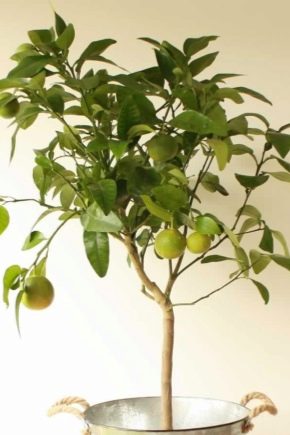
Many enthusiastic gardeners dream of such a representative of the citrus genus as bergamot on the windowsill or in the country. It can indeed be planted in Russian climatic conditions, given some of the key features of the plant. A detailed description of all the significant moments of its cultivation will help to get an idea of how bergamot looks, grows and blooms, when it is supposed to collect citrus, where it is better to grow.
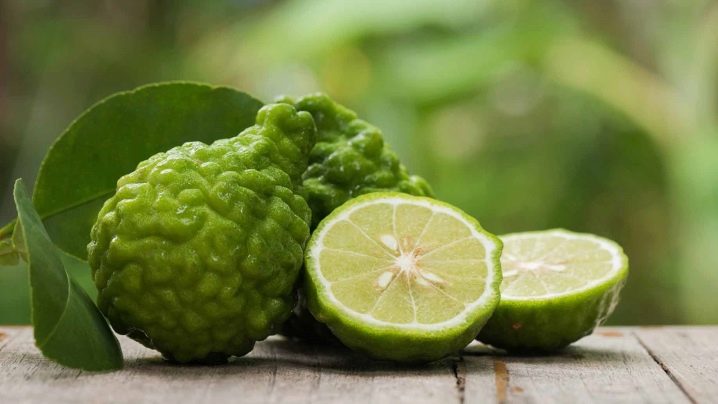
general description
Bergamot is a thermophilic plant of the Rutaceae family, also referred to as the bergamot orange. The species was obtained by hybrid crossing two citruses: an orange and a citron. In a wild and cultivated form, it is mainly found in Southeast Asia, grows in the Mediterranean, there are whole groves on the Ionian coast, in Calabria. This evergreen tree got its modern name thanks to the Italian city of Bergamo.
Bergamot looks quite typical for its group. The height of the tree, depending on the growing conditions and age, can reach 2-10 m. From the central trunk, flexible branches with long spine-processes up to 10 cm extend.
The leaves of bergamot are petiolate, alternating, ovoid, with a pointed end. Their thick leathery surface is green, shiny, with a pronounced relief.

The leaves and other organs of the plant contain significant amounts of essential oils. They can be dried or used fresh in herbal teas, added to aromatic sachets. The plant blooms with large white or purple corollas, exuding a strong aroma. They are located singly or in groups in the axillary buds. Flowering occurs in spring, March or April.
The bergamot fruit is a spherical or pear-shaped fruit with a thick shell. There is a navel on the ovary, from which a column of more than 1 cm in height remains in a ripe citrus. The green fruits are unripe, at the stage of full ripeness they turn golden yellow. Inside, under the skin, there is a segmented pulp with a small amount of seeds. Fruits ripen closer to winter, from late November to December.
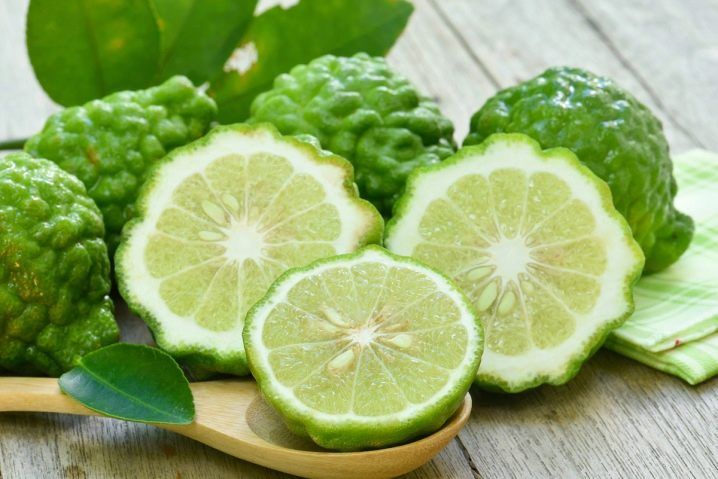
The main value is represented by essential oils that bergamot is rich in.... They are used in perfumery and other fields of activity, they are added as a fragrance to some varieties of tea. The peel of the fruit, leaves and flowers of the plant are used for processing. In medicine, bergamot-based extracts help to obtain medicines against vitiligo and other skin diseases. The pulp can be eaten, but it is quite sour, tastes stronger than grapefruit, and is more often used in the preparation of marmalade and other desserts.
Interestingly, the monardu garden grass and one of the pear varieties are also called bergamot. But in the botanical classification, when the name is mentioned, it is usually citrus that is meant.
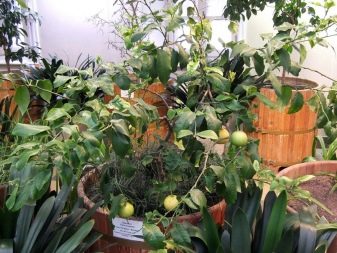
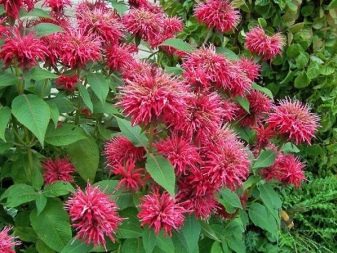
Landing
The opportunity to plant bergamot on the site, in the absence of a greenhouse, is available only to residents of the southern regions of the Russian Federation. Others can grow citrus in the form of a potted crop, at home, taking it out to a balcony, veranda or terrace only during the summer months. In any case, at the stage of forcing young shoots, a spacious flowerpot, pot or container is used. Pre-harvested seeds are not suitable for planting. They are transferred to the ground, imitating a natural process, immediately after being removed from the fruit.
The procedure will be as follows.
- Preparing the container. A drainage hole is made in its bottom. A mixture of sand and humus in equal proportions is laid inside.
- Landing. The seed is deepened into the hole by about 1 cm. Lightly sprinkle with soil.
- Follow-up care. Before the emergence of shoots, the soil is regularly moistened, preventing it from drying out. After 30-45 days, from 1 to 4 shoots will appear from the seed.
In a common container, plants are kept until the 4th leaf appears. They are provided with a full day of light not shorter than 12-14 hours. Bergamot is very light-loving, therefore it is recommended to plant it in spring, in March. Several seeds are sown at the same time so that the strongest shoots can be selected for further cultivation.
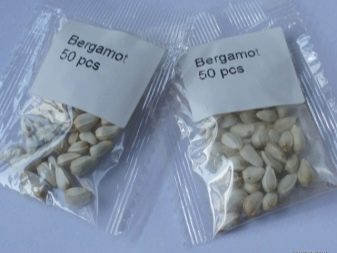
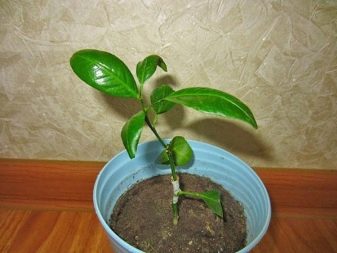
Care
Cultivation of bergamot in the country can be carried out in the open field in the climate of the Krasnodar Territory. Here, the citrus is quite warm and light. In other regions, it is more often planted as a greenhouse plant, providing artificial lighting in the autumn-winter period. Using phytolamps at home makes it possible not only to form a citrus tree, but also to remove a full harvest from it.
The optimal soil type is directly related to the age of the plant. Young bergamot needs a loose substrate that allows water and air to pass through well. Mature trees are transplanted into denser soils from a mixture of loamy sod, sand and manure.
For indoor cultivation, choose southern, western or eastern window sills, glazed balconies and terraces.

In the garden and garden conditions, it is worth considering that for the flowering of bergamot in a pot or in the open field, a temperature regime of +15 degrees or slightly higher is required. In winter, indoor citrus is transferred to the cool. Comfortable temperature indicators for him during this period do not exceed +12 degrees Celsius.
In spring and summer, plants are exposed to the open air. At home, the ambient temperature is maintained in the range of +20 degrees and above. Citrus loves high humidity, it is especially important to pay attention to its indicators in winter. You can grow a full-fledged tree only if you carefully follow these recommendations, take care of it on schedule.

Watering
In the spring-summer period, citrus trees are watered regularly, only with settled water. Irrigation is carried out on the sheet, so the water should not be hard, highly chlorinated or calcined. A sign that the water is not suitable for watering bergamot can be called yellowing of the leaves, the appearance of a white bloom on the soil surface.
Most of all, a citrus tree loves spraying and sprinkling. Warm water is used for these procedures. At least 2-3 buckets per plant. At the end of winter, abundant moisture-charging watering will be useful.
In spring and summer, shoots and crown are sprayed daily with clean warm water, covering the soil with polyethylene to protect against waterlogging.
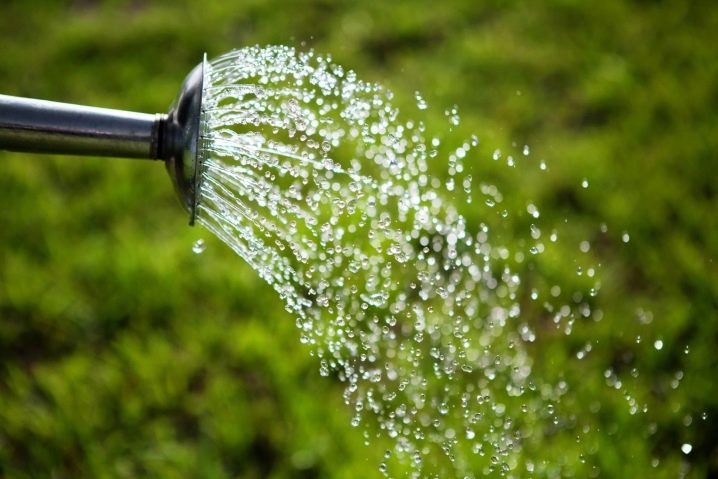
Top dressing
Plants respond well to fertilization. Active fertilizing begins in the spring, on the eve of flowering, continuing until winter with an interval of 3-4 weeks. Complex mineral supplements for fruit crops are suitable. With a shortage of potassium and phosphorus, the tree will form and shed ovaries, and without entering into fruiting. An additional source of valuable nutrients will be humus introduced into the soil in autumn.

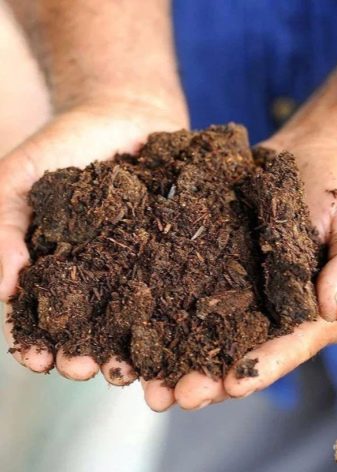
Transfer
Transferring grown bergamot to open ground or to a new pot is also done according to certain rules. The transplant is carried out by the transshipment method, while preserving the earthen coma. This way the root system can handle stress more easily. The procedure is performed in early spring, but not annually, but as the underground shoots grow.
When grown in tubs and flowerpots of adult plants, transplanting is completely undesirable. They only produce an annual replacement of the topsoil. The transplant is indicated for diseased plants.In this case, in a new pot with a disinfected substrate, the bottom is lined with a layer of sand.
In the transplanted bergamot, root shoots are removed above the neck, and it itself is left above the surface of the soil, without deepening.
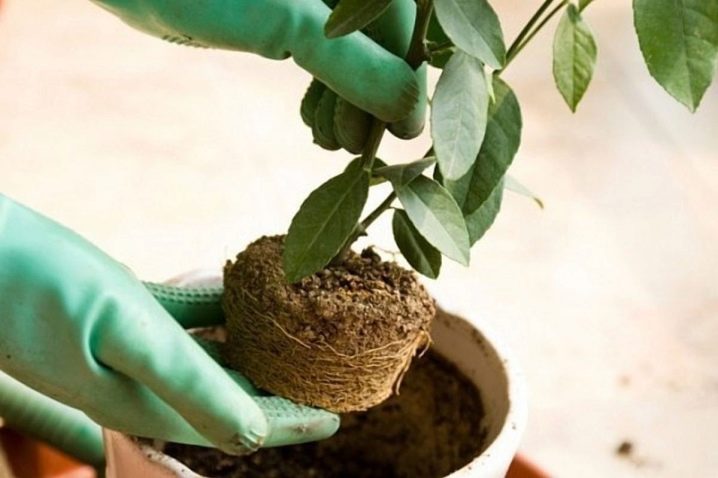
Reproduction
Many growers are thinking about the possibility of growing bergamot at home. The main way to get new plants is by seed reproduction. The material for it is obtained from freshly picked fruits. Each seed produces up to 4 germs. They are left for a while, then culling is carried out, leaving only the strongest and most promising seedlings, and then they are sent to individual pots or containers.
Another way of propagation of bergamot is vegetative. It involves harvesting cuttings from an adult plant in March or April. Parts of shoots 10-15 cm long are selected, together with the tops, so that the cut is even and not too traumatic.
Then you need to act like this.
- Treat the cut surface with a rooting stimulator.
- Place the cuttings in a greenhouse with a drainage layer at the bottom. The substrate is prepared on the basis of sand and garden soil.
- Cover with plastic wrap or cut plastic bottles.
- Place the container with cuttings in a well-lit place with an average atmospheric temperature of about +25 degrees.
Until the seedlings form their own root system, they are watered, spraying the soil from a spray bottle, periodically ventilated so that condensation does not appear. After 3-4 weeks, the cuttings are distributed in individual pots, planted in a garden greenhouse.
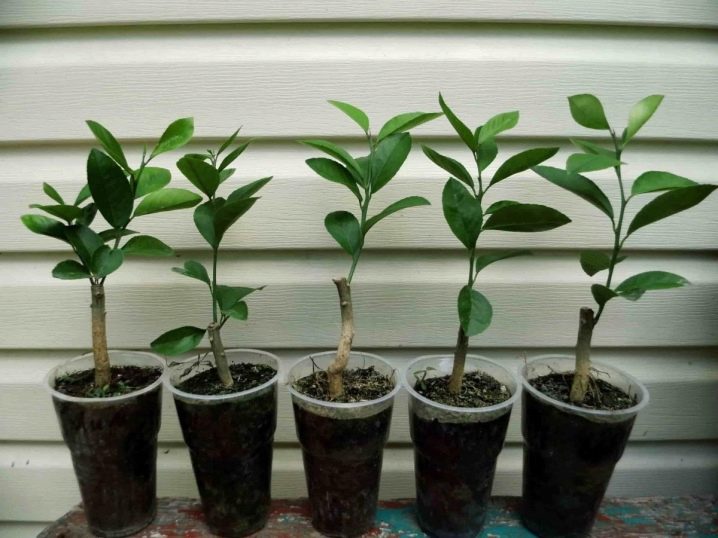
Diseases and pests
At home, bergamot can spread disease through contaminated substrate, water, or tools. Fungal spores can also be airborne if they are active enough. The planting material itself or the pot can also be infected. Among the most dangerous fungi are black moldcaused by spores of soot microorganisms.
It is no coincidence that pests get on the plant. Shield or spider mite most often fall on it from neighboring crops. Also, insects often lay eggs in the ground. If it is not decontaminated before planting, the risk of infection increases. Both scale insects and spider mites belong to the category of parasites that extract juices from shoots and leaves.
The tree infected with pests begins to dry and turn yellow. Dots at the puncture sites will be clearly visible on the leaves. Scabbards look like brown growths on the stem and leaves. They secrete a sugary secret, which is a favorable environment for the development of fungal infections.
They destroy parasites by treating all surfaces of the trunk with an alcoholic solution of calendula or rosemary essential oil diluted in water.
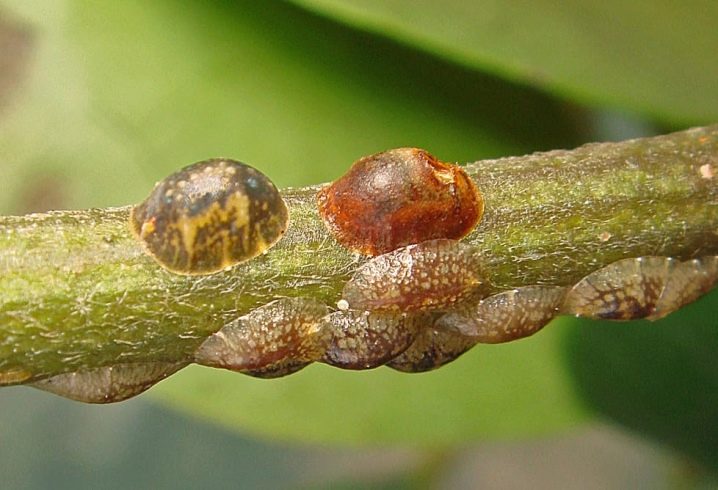
Harvesting and storage
Harvesting bergamot fruit also needs to be done correctly. In room conditions, the formed fruits are kept on the branches until they reach full ripeness. It will be reported by a change in the shade of the peel from green to yellow. In the garden, if the temperature drops below the recommended level, remove immature, keeping at home until full ripeness is reached. Frozen fruits are processed immediately.
Store in a place with air humidity of about 85-90%, in one layer, in bulk, wrapped in paper, up to 3-4 months without loss of consumer properties. The optimal temperature regime for the fruits of this culture is plus 2-3 degrees Celsius.
Bergamot leaves for tea are harvested throughout the year, gently drying them in partial shade under natural conditions. The resulting raw materials are stored in sealed containers at normal humidity levels.
































The comment was sent successfully.